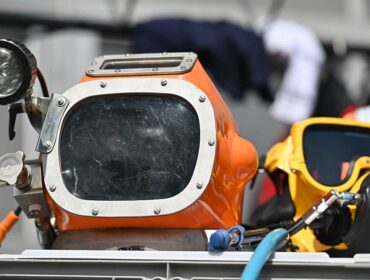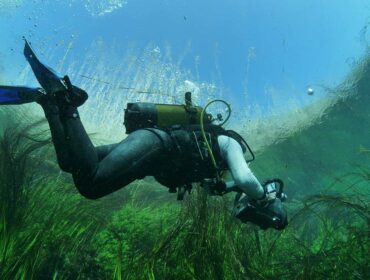Scuba divers know a lot of specialized terminology that might have non-divers scratching their heads. Hydro, nitrox, surface interval…what does it all mean? Go even deeper with some advanced oceanic terminology that will bring out your inner marine biologist.
Pelagic
Of, or relating to, the open sea. This encompasses marine waters beyond the continental shelf and is broken up into many subsections like littoral (nearest the shore) neritic, and oceanic. Layers are also measured by the amount of daylight penetration.
Span pelagic
Species who live in deep water and only come to the surface rarely. Examples include bluefin tuna, sunfish, remora, and many species of sharks.
Benthic zone
The ecological region at the very bottom of the ocean, including sedimentary and some subsurface layers. Clams, crabs, and other bottom dwellers are called benthos.
Demersal zone
Part of any body of water (ocean or deep lake) just above the benthic zone. Demersal fish, such as flounder, feed on or near the bottom.
Apogean tide
Monthly tide that occurs when the moon is farthest from earth.
Diurnal tide
A tidal occurrence with one high water and one low water tide within a 24 hour period.
Trophodynamics
The study of productivity of an ecosystem, based on the food chain.
Mysids
Small plankton-like crustaceans such as the opossum shrimp, about a centimeter in size.
Tragedy of the commons
Degradation of resources caused by a lack of incentive for conservation.





